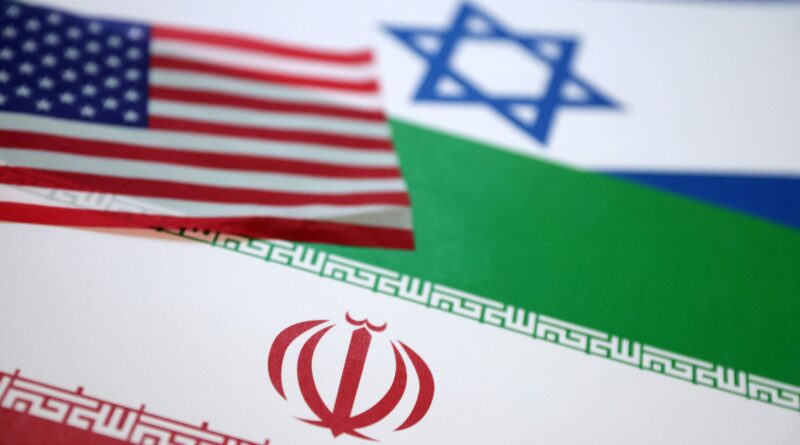Iran Halts Cooperation with IAEA Amidst Air Raids
On July 3, President Masoud Pezeshkian of Iran decreed a halt to the nation’s collaboration with the International Atomic Energy Agency (IAEA). The directive coincided with a period of intense strife involving aerial bombardments of three major Iranian nuclear installations by the United States, amidst an ongoing air-railed conflict with Israel.
The Islamic Republic’s diplomatic entity, the Foreign Ministry, indicated that future dialogue with the IAEA will be intricate and technical. This announcement came in anticipation of the agency’s preliminary visit since Tehran severed connections with the international nuclear supervisory body only a month ago.
Ties between the IAEA and Iran have been strained due to a series of events that transpired recently. A notable trigger was a 12-day aerial conflict waged by Israel and the US against Iran in June, during which critical Iranian nuclear infrastructures were targeted.
The IAEA board sounded the alarm on June 12, concerning Iran’s violation of its non-proliferation responsibilities. This proclamation was made a day prior to Israel unleashing a series of air attacks over Iran, which sparked off the subsequent conflict.
Following these alarming developments, the IAEA offered no immediate commentary related to the impending visit by its deputy chief. The scope of the scheduled trip does not encompass any prearranged access to any of the targeted Iranian nuclear sites.
Esmail Baghaei, the spokesman for Iran’s Foreign Ministry, acknowledged the likelihood of a meeting with Foreign Minister Abbas Aragchi. However, he also underscored the premature nature of predicting outcomes given the demanding and intricate nature of the talks.
Baghaei was vocally critical of the IAEA’s response to the aggression witnessed in June between Israel and Iran. He expressed discontent, stating that despite the 24-hour surveillance operations of peaceful facilities, strikes were ordered, rendering criticism towards the IAEA for its inaction and lack of required condemnation of the matter.
In the past, Aragchi had predicted that future cooperation with the IAEA would necessitate approval from Iran’s apex security body – the Supreme National Security Council. It was anticipated that this new requirement would reshape the dynamics of the interaction between the agency and Iran.
The potential implications of this decision could include a restrictive impact on the ability of inspectors to closely monitor the nuclear program of Tehran. This program had engaged in uranium enrichment activities calibrated close to the threshold deemed acceptable for weapons-grade status.
The tension precipitated by the siege on Iran further exacerbated on July 3 when President Pezeshkian again directed a suspension on collaborations with the IAEA. This order came shortly after the US launched an attack on three primary Iranian nuclear sites whilst Israel progressed its air offense against Iran – leading to nearly 1,100 casualties, many of whom held military ranks.
Simultaneously, Iran struck back in retaliation, resulting in 28 fatalities within Israel. The past has seen Iran leverage limited IAEA inspections as a negotiation tactic in discussions with Western powers. Widespread speculation persists about how soon negotiations between Tehran and the US for an agreement on their nuclear program can resume.
Previously, assessments by the US intelligence agencies and the IAEA determined that Iran last maintained a systematic nuclear weapons initiative in 2003. In the recent past, however, Tehran has reportedly been enhancing uranium up to the 60% mark, which is merely a technical step away from the weapons-grade level of 90%.
The impact of these evolving dynamics in the Iranian nuclear landscape could have lasting implications on Iran’s national security and international relations. With the relations between Iran and the IAEA going through a complicated phase, the outcome of future engagements remains uncertain.
Complexity characterizes the present situation, with highly technical negotiations, intricate political maneuvers, and an ever-present potential for escalation. The decisions taken in the coming weeks and months will shape not only the course of the Iranian nuclear program but also the broader regional dynamics and Iran’s interplay with global powers.



